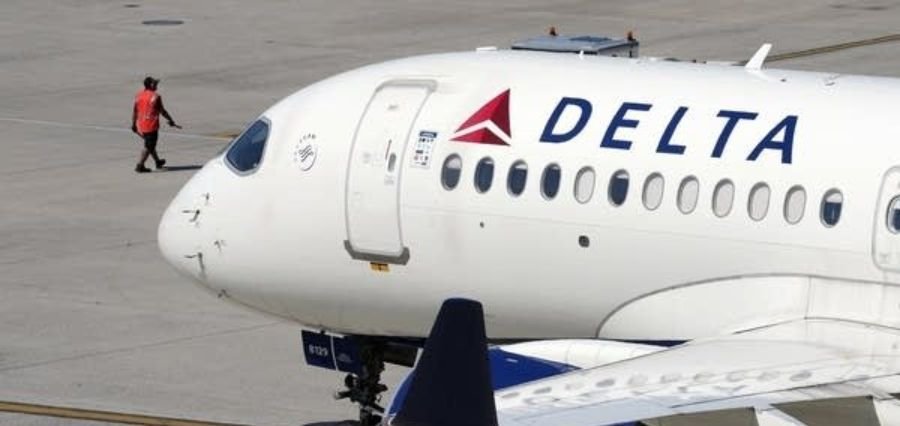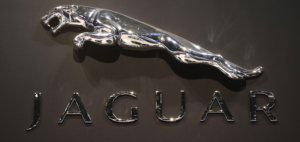Prime Highlights
- Delta Flight from Amsterdam to Salt Lake City had to make an emergency landing in Minneapolis following turbulence mid-air.
- 25 passengers and crew were treated for their injuries but were all discharged the following day.
Key Fact
- The Airbus A330-900 experienced a sudden abnormal altitude deviation at 37,000 feet and diverted.
- The incident was reported 40 minutes into the flight, with passengers having been in in-flight service.
Key Background
Delta Flight 56 left Salt Lake City International Airport for Amsterdam with 275 passengers and 13 flight attendants. At about 40 twinkles into voyage altitude at 37,000 bases over Wyoming, the aeroplane was hit by an unanticipated spell of severe turbulence. The aeroplane rose about 1,000 bases before it fell about 2,300 bases in one nanosecond.
Supper hour came along with the turbulence, sending food trays, beverage carts, and passengers’ carry-on luggage spilling out of the racks. Several of the unbuckled passengers were said to have been pulled out of their seats and stuck in the cabin roof. Some of the attendants were injured while trying to maintain control of the passengers during the turbulence.
This urged the aviators to advertise the flight as a medical exigency and diverted the aeroplane towards Minneapolis – Saint Paul International Airport. The aeroplane landed safely by around 8 p.m. exigency crews treated and transported 25 injured individualities, including seven of the crew members and 18 of the passengers, directly to original hospitals. All injured individualities were discharged by morning.
Delta Airlines expressed gratefulness to the deliverance platoon and reaffirmed its commitment to the safety of passengers. Airline client service helped in rebooking and accommodating; a flight was reserved to renew trip to Amsterdam.
The accident sends a warning signal for heightened turbulence in international air transport, and there are those who blame the cause for the blended climatic patterns. Authorities in air transport have begun an inquiry to establish the cause of the turbulence and investigate safety protocols.
Read Also : South Park Creators Break Silence on Trump Controversy at Comic-Con Amid Paramount Mega Deal








